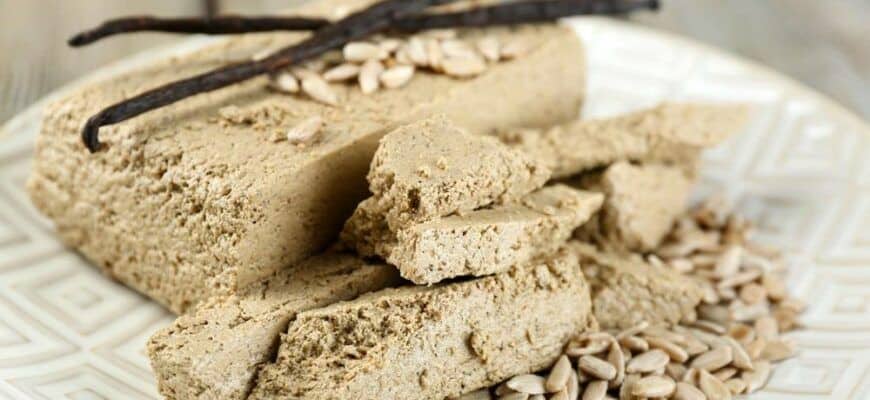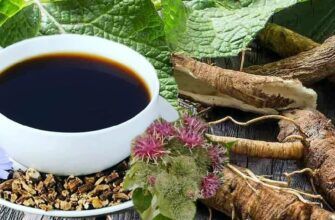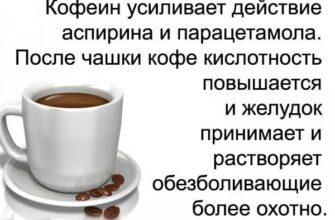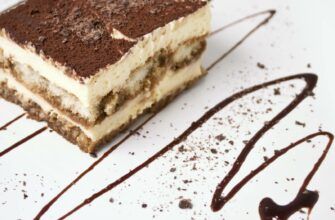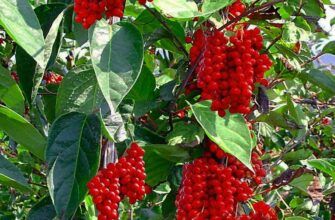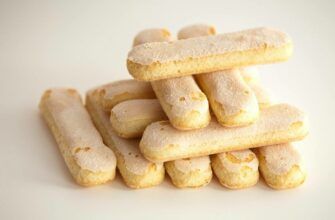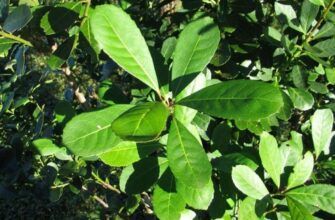Apr 01 2012
Halva is a favorite children's treat. This dessert first appeared in Russia in 1903 thanks to the merchant Sviridov and his Greek wife. Halva immediately gained popularity as an exquisite dessert. And the birthplace of halva is Iran, where they began to prepare it already in the 5th century AD. It was from there that various methods of its preparation spread. The most delicious halva is prepared only in Iran and exclusively by hand. There is a specialty for cooks who know how to cook halva - kandalatchi. Halva is made from sunflower seeds, sesame seeds, peanuts or nuts.
In addition, halva is also a very useful product.
Firstly, halva is unique in its composition. This delicious dessert contains a lot of protein, fatty acids, calcium, phosphorus, zinc and iron. In addition, peanut halva contains vitamins E, B, PP, D - which helps our body maintain a beautiful appearance of skin, hair and nails.
Secondly, halva is an excellent source of saturation. But despite the content of vegetable fats in it, it is not a heavy food for the stomach. Doctors recommend daily consumption of halva no more than 50 g.
And halva perfectly restores the nervous system, rejuvenates and helps to heal the body, improve blood circulation and digestion.
And in the end, it is worth noting that halva is useful only if it is made from natural ingredients.
PS The benefits of halvah are undeniable. If you love this oriental delicacy, then how to choose halva will help you with advice from an article on the blog-cash user's blog. Even more useful tips will tell you how to choose halva, in what conditions to store it and how to “recognize” a low-quality product.
Read more:
